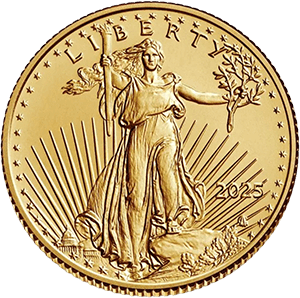
Banking Before the ATM
In the 1960s, banking was still stuck in the 19th century. Branches closed by 3 p.m., there were no weekend hours, and if you needed cash, you had to wait in line. Customers wanted flexibility, and banks wanted efficiency.
The first step toward change came in London, where Barclays Bank installed the world’s first ATM in 1967. Inspired, American banks began exploring the idea.
September 2, 1969: A Historic Day
On September 2, 1969, Chemical Bank in Rockville Centre, New York, unveiled the first American ATM. The machine allowed customers to withdraw $25 using a special coded card.
The bank advertised with a bold promise:
“On September 2, our bank will open at 9:00 and never close again.”
Though primitive compared to today’s machines, the ATM was revolutionary. It gave customers access to their money 24/7 — something unthinkable at the time.
From Curiosity to Necessity
At first, many customers were hesitant. Banking had always been face-to-face, and some worried about trusting a machine with their money. But convenience quickly won out.
-
1970s: Major U.S. banks began rolling out ATMs nationwide.
-
1980s: Machines expanded to accept deposits, transfer funds, and check balances.
-
1990s: Global adoption made the ATM as common as the telephone.
The Technology Behind the Change
The ATM was co-developed by Donald Wetzel, an engineer at Docutel. It combined electronic card readers with mechanical cash dispensers. Within decades, the machine evolved into a global network that connected banks across continents.
1.jpeg)
Legacy and Financial Lessons
The ATM marked the start of self-service banking. It transformed expectations, paving the way for debit cards, online banking, and mobile finance.
For investors, the ATM is a case study in disruptive technology. What seemed like a gimmick became a necessity, changing consumer behavior worldwide. In the same way, today’s fintech revolutions — from digital wallets to blockchain — carry the potential to reshape money itself, much like the ATM did in 1969.

